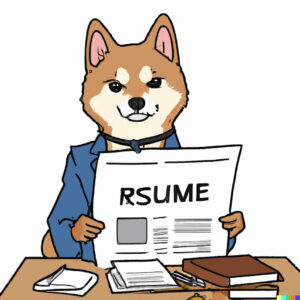Instead of a live coding exercise, you could have a medium-size exercise as homework and between 4 hours to 2 days to solve it.
When working on homework exercises, write clean code and follow best practices. Try to use the same tech stack advertised in the job description. Otherwise, make it easy to review and test your solution: use Docker images or publish it online.
For example, for backend engineers, they can ask you to write a RESTful API to receive, process, and report user data. And, for frontend engineers, you could be asked to create a dashboard to retrieve, filter and sort data from an existing RESTful API and display more detailed information about an entry on a second screen.
Often after sending your homework, you could have a follow-up interview to explain design choices and walk through your solution.
That’s the interview process for software engineers and the type of technical interview questions you could get. Remember, it could range from a few days to a few months. Feel free to ask the recruiter or hiring manager about the next steps in every stage of the interview process. You might only find one or two technical interviews.




